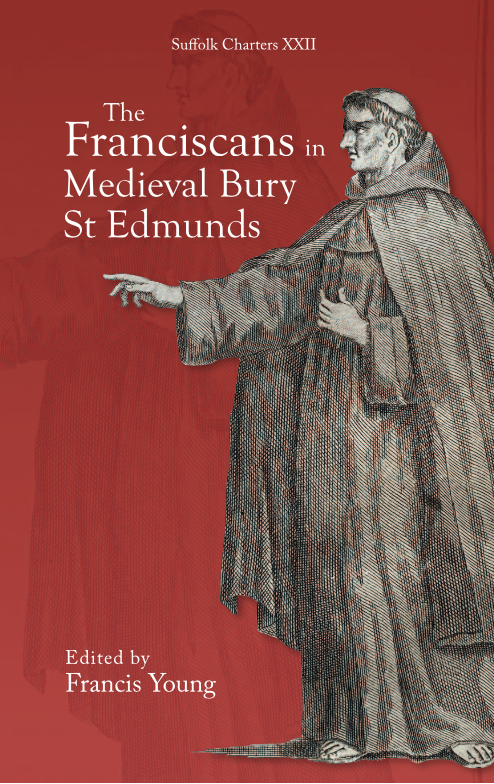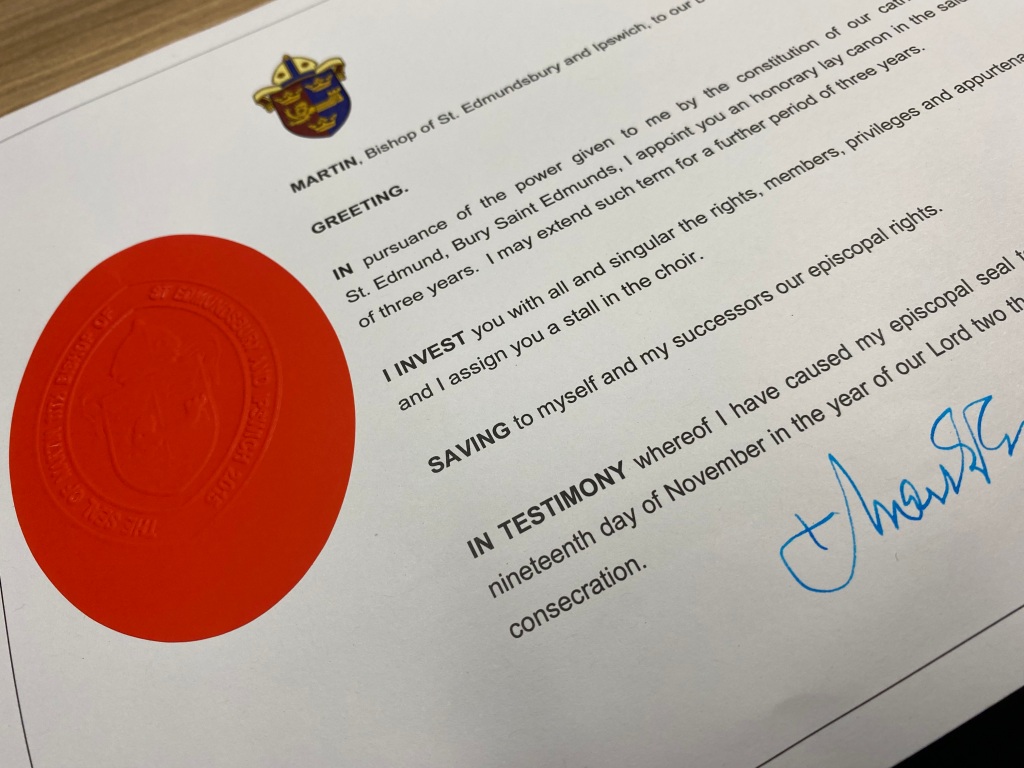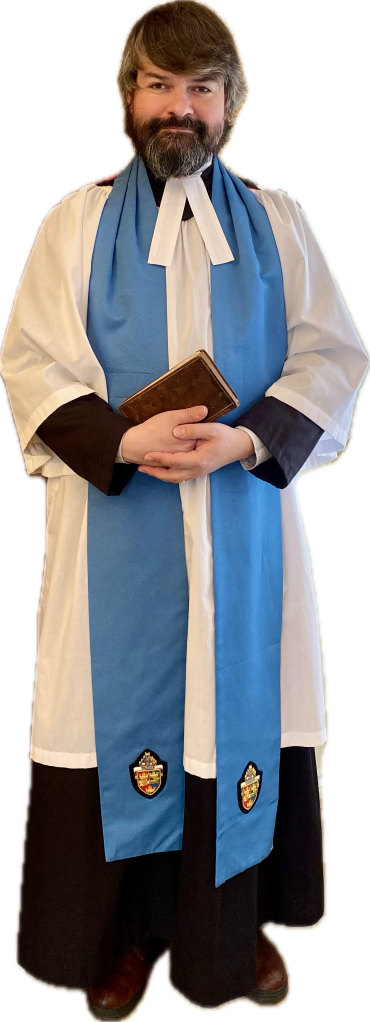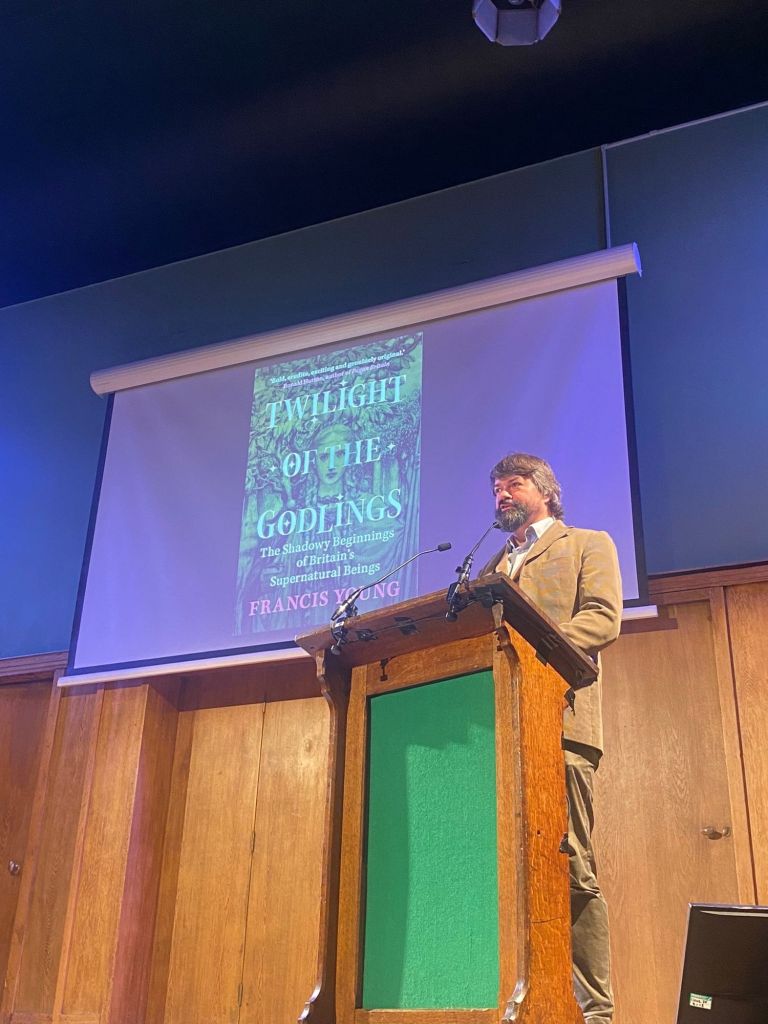My short article ‘Folklore in Penelope Lively’s The Wild Hunt of Hagworthy‘ has just been published in issue 101 of FLS News, the newsletter of the Folklore Society. The text of the article is below:
–
The Wild Hunt of Hagworthy by Penelope Lively, published in 1971, is a classic of what would later become known as folk horror – and, indeed, what would later become known as young adult literature, long before either term had been coined. As Ronald Hutton has observed, The Wild Hunt of Hagworthy holds a special place in the modern history of the cultural motif of the Wild Hunt, because it was the first time the Wild Hunt appeared in twentieth-century British fiction. The novel was aimed at 11 to 14 year-olds, and tells the story of a 12 year-old girl named Lucy who is sent to spend the summer with her aunt Mabel in the remote West Somerset village of Hagworthy. Hagworthy is quite precisely located: two stops after Dunster on a fictional railway line that turns inland running southwest from the coast, and therefore somewhere in the Brendon Hills on the edge of Exmoor.
Lively revealed some of the folkloric inspiration for the book in two quotations that appear on the opening page: one is taken from the Peterborough recension of The Anglo-Saxon Chronicle, describing the first recorded appearance of the ‘Wild Hunt’ in England, at Peterborough in 1127; and the other is a quotation from Ruth Tongue’s Somerset Folklore (1965). The second quotation offers several clues to the folkloric inspirations for The Wild Hunt of Hagworthy, since it locates a tradition of the Wild Hunt (or more specifically, the Yeff Hounds) in the same region where Lively’s story situates the fictional village of Hagworthy. The quotation is taken from Appendix III(b) of Tongue’s book, on p. 228, and was attributed by Tongue to a member of the Stogumber W.I. who told her the story in 1960:
The Yeff Hounds, or Ghost Pack, were heard pattering through Stogumber after midnight this year, but no-one looked out to see them, even nowadays. They are known to run through the village and down towards Roebuck, then on up towards Wills Neck.
‘Roebuck’ is a reference to Roebuck Farm, Roebuck Gate Farm and Roebuck Crossing, which are all located about a mile southeast of Stogumber on the east side of the railway line which runs along the bottom of the combe parallel to Doniford Stream, and just inside the parish boundary of the neighbouring village of Crowcombe. ‘Wills Neck’ is the highest summit of the Quantock Hills, located due east of Roebuck Farm, past the village of Triscombe. The place-name ‘Roebuck’ is a reminder of the significance of deer in the Quantock and Brendon Hills and the tradition of hunting them there – and perhaps represents the source of the significance of deer and antlers in Lively’s book.
Ruth Tongue’s interest in supernatural hounds went back at least as far as 1956, when she published a brief notice on the subject, ‘Traces of Fairy Hounds in Somerset’, in Folklore 67:4 (December 1956), pp. 233–4. Penelope Lively’s story brings together the idea of the Wild Hunt (in the form of the Yeff Hounds, although they are never mentioned in the narrative itself) and a fictional horn-dance, loosely based on that of Abbots Bromley, which the villagers of Hagworthy decide to revive.
While many 20th-century writers of ‘folk horror’ were preoccupied with the idea of survivals (Eleanor Scott, John Buchan, David Pinner, Norah Lofts and John Bowen, to name a few), in common with the trends in folklore studies at the time, Penelope Lively’s Wild Hunt of Hagworthy adopts a different approach. The novel is notable in placing the emphasis on revival (reinvention, even) rather than survival. While the hapless vicar of Hagworthy, who is the moving spirit behind the revival of the local horn dance, believes the dance to be ‘no doubt a very ancient survival’, we are told that the church accounts mentioning the Horn Dancers reach back into the eighteenth century (but apparently no earlier), and stop in around 1803. In contrast to much ‘folk horror’ of the era, Lively does not attempt to set up a conflict between Christianity and a supposed ‘old religion’ underlying the ancient surviving ritual, but rather makes the vicar the unwitting initiator of the novel’s supernatural events – a kindred figure, perhaps, to the complacent antiquaries who inadvertently awaken eldritch horrors in the ghost stories of M. R. James. Lively’s nuanced (and even tongue-in-cheek) treatment of the question of folkloric survivals means that The Wild Hunt of Hagworthy stands the test of time; it seems more in tune with present-day preoccupations with the revival and reinvention of customs than with the ‘survivalist’ approaches to folklore that still largely held sway in 1971.
Nevertheless, in spite of the absence of any certainty that the Horn Dance of Hagworthy is really ancient, in the novel the revival of the dance triggers two supernatural events. The first is a kind of collective ‘possession’ which comes upon the young male dancers, causing them to compulsively pursue Kester Lang, the misfit of the village. The second is the arrival of the Yeff Hounds or Wild Hunt itself – heard by the protagonist, Lucy, several times during the night and then finally encountered on Exmoor by Kester and Lucy at the climax of the novel. Exactly what the connection is between the Horn Dance and the Wild Hunt is never explained – arguably, a strength of the novel. However, at one point the old blacksmith, Kester’s uncle, does explain to Lucy why people do not look out at the Wild Hunt when they hear it:
‘Because once you seen them you’re a part them, aren’t you, girl? You’re with them under the same sky and treading the same ground. And they’re a Hunt, aren’t they? They have to hunt something, or someone, don’t they?’
The idea that observation of something otherworldly somehow constitutes a form of participation in it is found elsewhere in English folklore; the Cambridgeshire folklorist Enid Porter, for example, noted the belief that if anyone watched for the fetches of those destined to die in the coming year on St Mark’s Eve, he or she would be fated to watch every year thereafter. It is wiser not to look, therefore, and a similar idea may have underpinned the people of Stogumber’s reluctance to look at the Yeff Hounds. However, the Stogumber narrative seems to have been doubly suggestive to Penelope Lively, stimulating the novelist to imagine both the nature of the apparent taboo against looking at the Wild Hunt, and to wonder why people ‘even nowadays’ might entertain such reluctance. The result is a novel in which Kester Lang’s decision to look at the Wild Hunt makes him both the quarry of both the supernatural hunt and the ritual hunt that the Hagworthy Horn Dance inevitably becomes.









